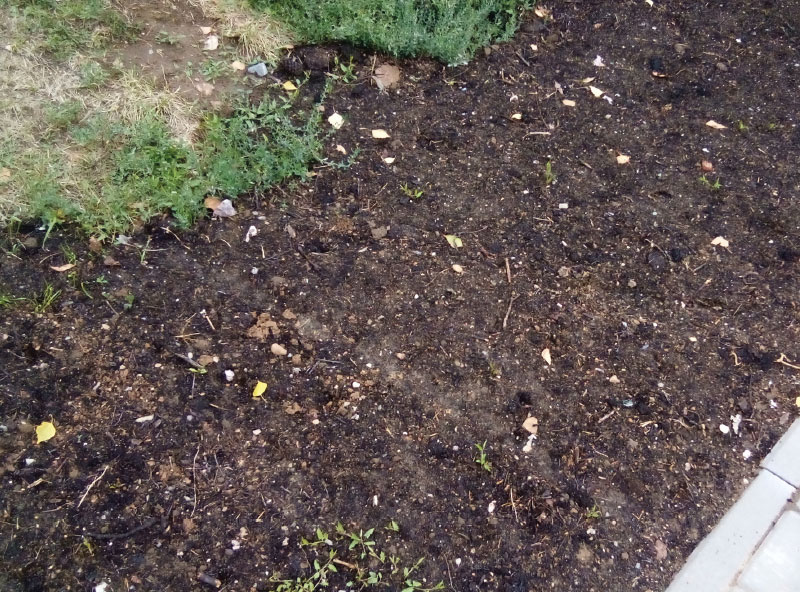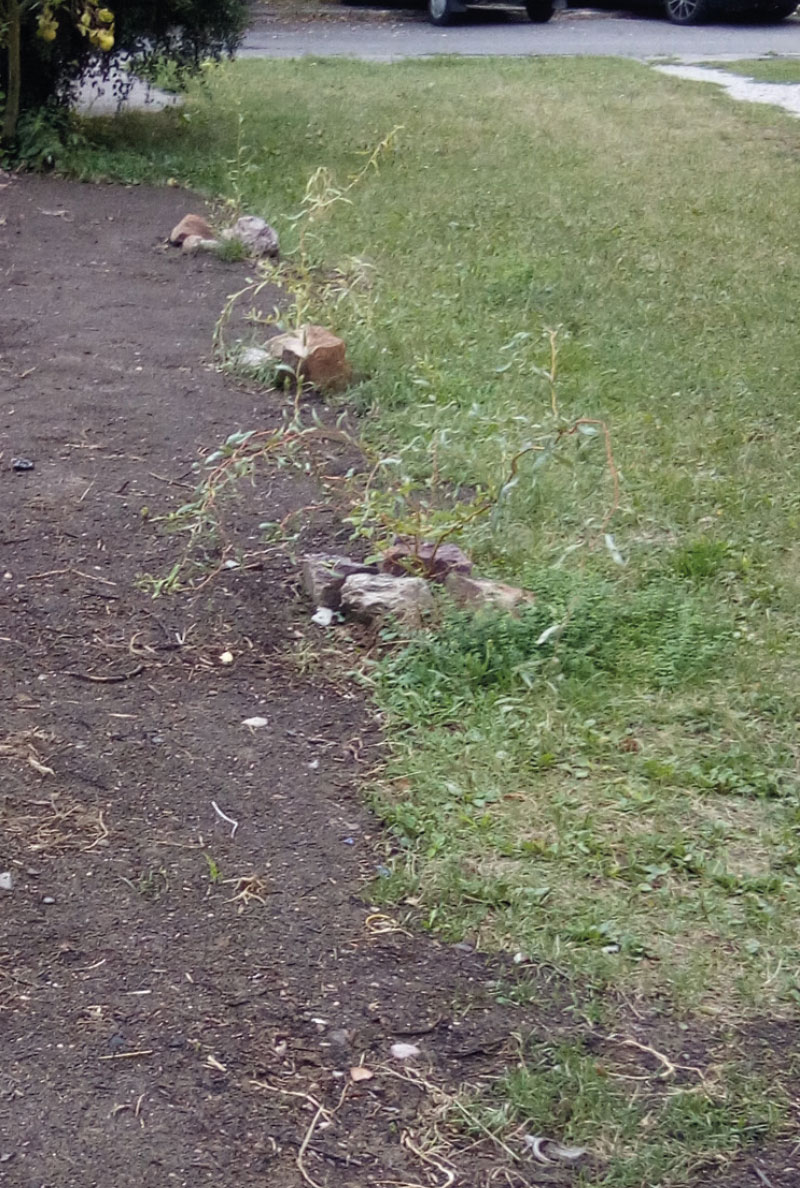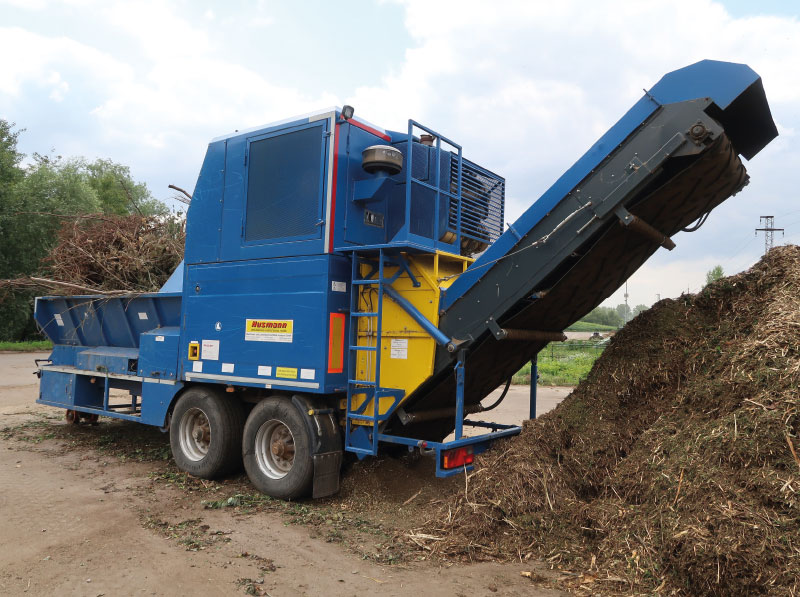Since 2021, research on selected issues related to the collection, sorting, processing, and reuse of selected types of biodegradable waste has been carried out at TGM WRI within the „Centre of Environmental Research: Waste management, circular economy and environmental security“ (CEVOOH), which was supported as part of the call of the Technology Agency of the Czech Republic „Environment for life“, Subprogramme 3 „Long-term environmental and climate perspectives“, for the period 2021–2026. The research follows on from a number of partial research projects and tasks, an overview of which can be found, for example, on the HEIS WRI website [1] under the Projects tab.
Specifically, it is a work package of the Centre labelled WP 1C„Biodegradable waste“. Its purpose is to contribute to increasing awareness regarding the management of biodegradable waste from households, municipalities and cities, including sewage sludge and specific types of food waste, and to deal with the possibilities of their processing (e.g., composting) and other modifications for their recycling (production of substrates for agriculture, green areas of the inner city, etc.). It can be expected that the summary of research results, examples of good practice, and challenges for further improvement will complement the range of already available materials and give an easily accessible overview of these resources. More detailed information can already be found on the CEVOOH project website [2] and the work package WP 1C webpage [3], where electronic versions of the outputs will gradually be published.
Currently there are, for example, materials from the first workshops held in 2022 on the following topics:
- Processing of biowaste by composting and application of composts in agriculture and maintenance of urban green areas
- New procedures and methods of food waste prevention
The first of them presented partial results of research regarding the benefits of adding organic matter to the soil, including compost. The possibility of recycling biodegradable waste and returning organic matter to the natural cycle (especially through composting) has the potential to improve soil retention capacity and therefore deserves attention. Drought periods accompanied by torrential rain increase the influence of water and wind erosion on soils, thereby reducing water supply for agricultural crops as well as for urban green vegetation. Water erosion leads to the degradation of the soil profile (mainly topsoil), so it is necessary to protect the soil surface from being washed away. The importance of organic fertilization depends on its quality, quantity, and method of incorporation into the soil, which affect the physical, chemical, and biological properties of the soil, and thus the nutrient status needed for plant growth. Due to the low content of organic substances, the physical properties of soils deteriorate, leading to a deterioration in rainwater absorption and its insufficient retention in the soil. Research also points to the benefit of applying compost and organic matter for the moisture and temperature conditions in the immediate environment, thanks to better moisture retention.
The workshop also presented the results of research on different types of composts according to their origin, ranging from composts from green areas of small villages to market products of large compost plants. The results clearly show that each of these compost types has a positive effect on improving soil properties and water retention. However, it is necessary to consider that the main effect can be manifested only after a longer application period. The researchers also presented experience with the use of composts for the maintenance of green areas in an urbanized environment, especially in towns and villages, practical experience with the application of composts as part of substrates for green roofs and facades, and as fertilizers for residential greenery. Variations in the effect of different types of compost on increasing water retention by green roofs, supporting the growth and improving the quality of grasslands, increasing soil fertility, etc., were also shown.
As part of the workshop „Food waste – possibilities of using prevention approaches“, ideas were presented that need to be considered when setting up preventive measures. These include the determination of target groups, length of time to achieve the goal, type of commodity concerned, independence and complexity of the measure, and the current state of legislation. Specific proposals for these measures were then presented in the form of information campaigns, legislative regulations, planning, methodological support, and composting. Simultaneously, the procedures for evaluating their effectiveness were presented.
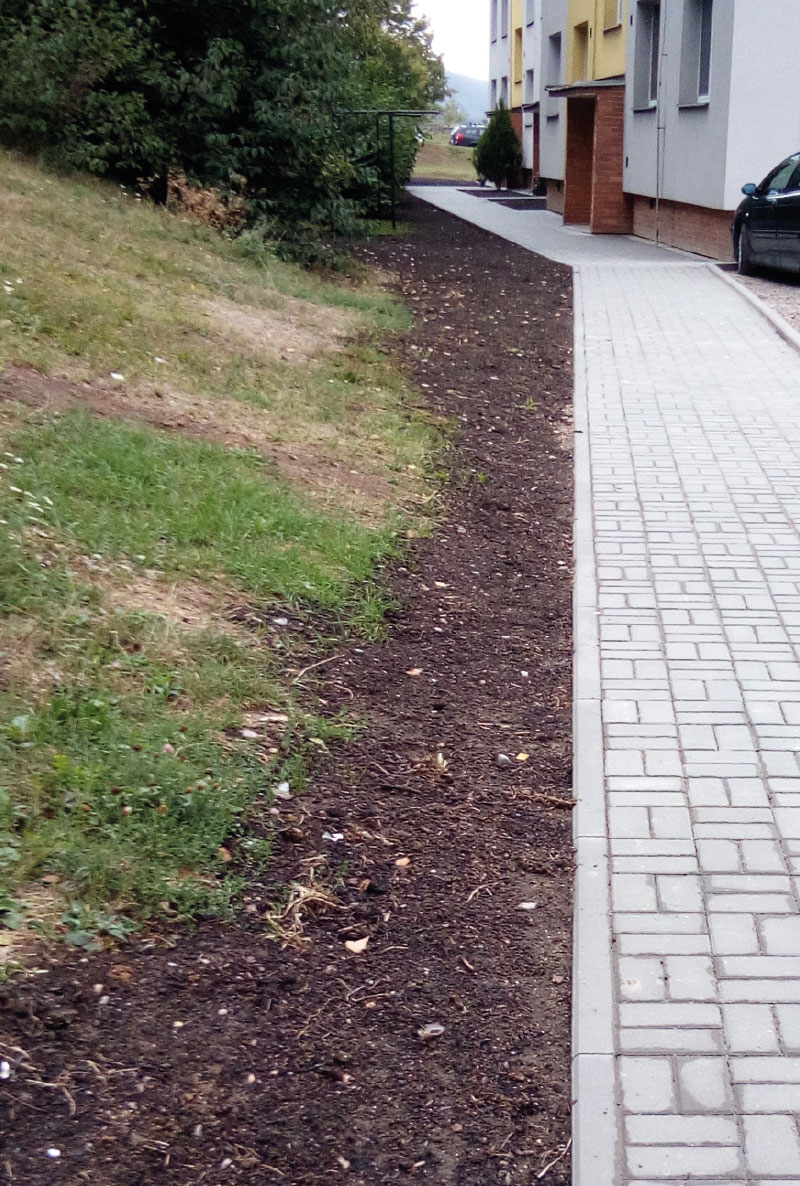

 Figs. 1–3. Examples of the use of substrates from the composting of municipal biowaste in repairing the infrastructure of settlements and green areas.
Figs. 1–3. Examples of the use of substrates from the composting of municipal biowaste in repairing the infrastructure of settlements and green areas.
In the lecture entitled „Analysis of food waste and its use“, co-researchers from the Institute of Chemical Process Fundamentals of the CAS presented technologies for processing food waste, namely biogas stations, composting plants, hydrolysis, landfill, and incinerators. The pros and cons of each were discussed with regard to hygiene conditions and the spread of pathogens.
The results planned in 2023 also include two key outputs, which are methodological instructions processed in cooperation with the project guarantors from the Ministry of the Environment on the issues of „Measurement of the amount and analysis of the composition of food waste“ and „Recommendations for the handling, processing, and reuse of selected biodegradable waste“.
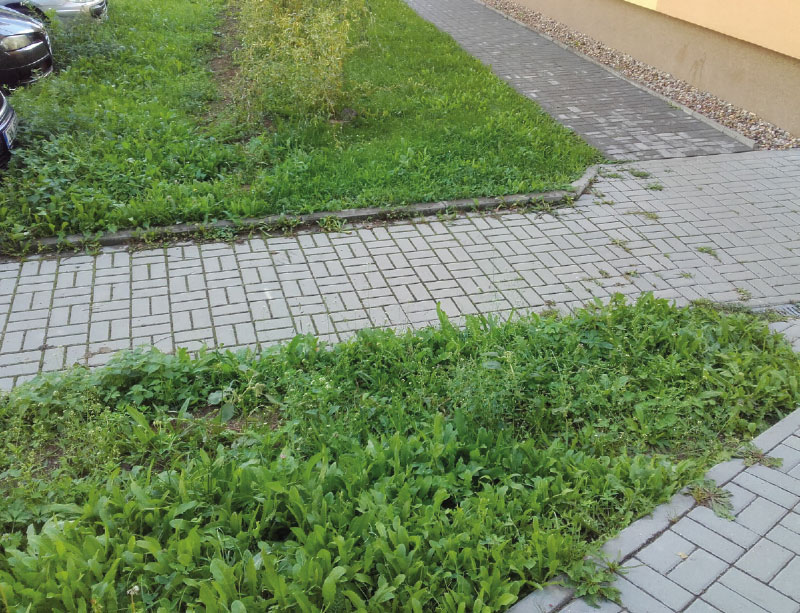
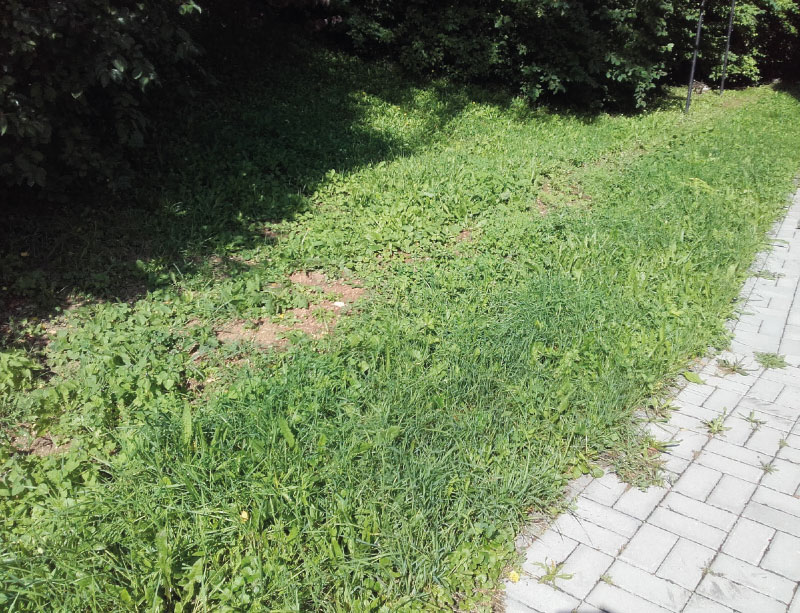
Figs. 4, 5. The use of substrates from composting biodegradable waste increases the possibilities of water retention in the soil, supports the growth of vegetation by replenishing nutrients and gradually releasing moisture.
Fig. 6. Process of composting biowaste
If you are interested in more detailed information about the project results and proposed solutions, do not hesitate to contact the authors.
Other institutions cooperating under the WP 1C work package:
- CENIA, Czech Environmental Information Agency,
- Institute of Chemical Process Fundamentals of the CAS,
- VSB – Technical University of Ostrava,
- Brno University of Technology, AdMaS centre.
Acknowledgements
This article was written as part of the project SS02030008 „Centre of Environmental Research: Waste management, circular economy and environmental security“.
This informative article has not been peer-reviewed.
